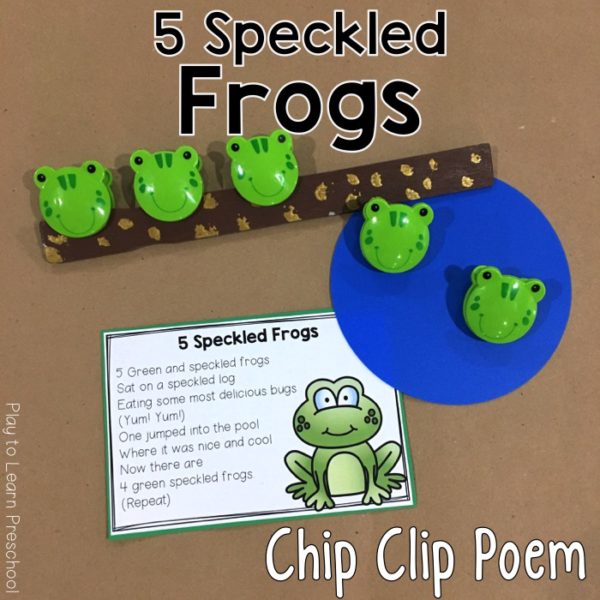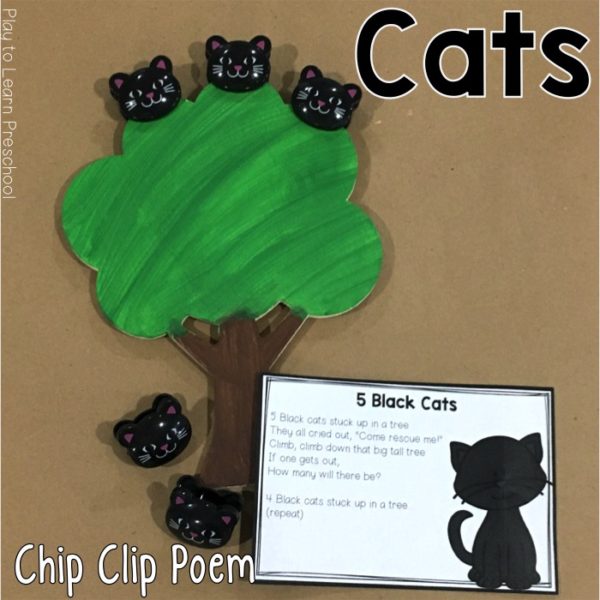Listen to this article
Cognitive development is the construction of thought processes, including remembering, problem-solving, language learning and decision-making (logical thinking), from childhood through adolescence to adulthood.
Jean Piaget, a Swiss clinical psychologist known for his pioneering work in child development believed that children construct an understanding of the world around them, through experience making connections with what they already know and what they discover in their environment.
To Piaget, cognitive development was an ongoing process resulting from biological maturation and environmental experience.
He divided this process into 4 stages according to the ages of the child. In every stage, the child is developing new connections and new learning involving language learning (early literacy), problem-solving, logical thinking (math), and remembering. All this connections and learning are interrelated; we cannot separate them, even if we want.
Every time we Read a book with a child, they make connections between previous learning and new learnings, they develop remembering, logical thinking, problem-solving skills, and language learning. Knowing this, we can understand that even when we are reading a book about numbers (math), reciting a poem or a rhyme about counting we are developing all these areas of the developing brain of the young child.
Here are some great ideas on how we can integrate math and early literacy from the “Play to learn preschool website”.
We are sharing 3 of our favorite ones, but you can find more ideas at the following link: (click here)
Chip Clip math rhymes and poems
5 little birds

• These colorful birds clip onto a wooden tree. (Plain trees are available at the craft store. We painted this one with acrylic paint.)nto a wooden tree.
• The song is to the tune of “Bingo.” (Listen HERE.)
• Count the birds in each verse, removing the last one.
• Instead of a number, say “Tweet” or “Chirp” for the missing birds.
• When all of the birds are gone, invite the kids to clip them back on the tree. This is a good way to increase their hand strength. (fine motor skills)
• If you can’t find these exact bird clips, here is another option. Or print a picture of a bird and paste it on a cloth pin!
5 speckled frogs

• Put a fun twist on an old favorite by singing “Five Green and Speckled Frogs” with chip clips! (Click HERE to listen to the song.)
• The “speckled log” is a paint stick, which we painted brown and decorated with spots.
• As the frogs jump off they land in the “pool” which is just a blue circle.
• Encourage your child to talk about the sets of 5: “There are 4 frogs on the log and 1 in the pool.”
5 black cats

• Use the same tree as the bird poem!
• The cats are “Kikkerland” brand, available on Amazon HERE.
• The goals of this poem are to help young children practice counting backward (5-4-3-2-1) and also to begin to understand subtraction. (“If there were 5 in the tree, and 3 climbed down, how many are left?”)
- 5 Early Literacy Practices for Babies - June 6, 2018
- Summer Reading 2018: Libraries Rock!The Importance of Music in Early Child Development - May 8, 2018
- Creating Full Brain Activities - May 4, 2018
